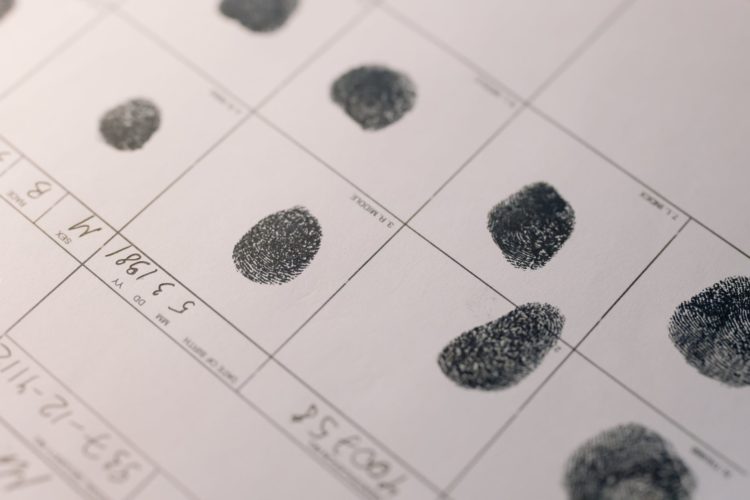Multimodal Automated Biometric Identification Systems (ABIS) are succeeding standard fingerprint-based Automated Fingerprint Identification System (AFIS) criminal platforms, featuring a host of new biometric identification and registration software capabilities, biometric matching algorithms and, of course, new hardware devices and novel use-case scenarios.
According to ABI Research, the importance of system upgrades for ABIS platforms is not solely related to addressing infrastructure obsolescence concerns but also to enable new biometric identification technologies in a scalable manner.
The law enforcement market has always been a leading driver and major absorber of identification technologies, with criminal justice and law enforcement agencies providing the groundwork in standardization for biometrics.
“However, in recent years biometric technologies are increasingly relevant to governments worldwide as law enforcement identification platforms expand their database capacity, processing potential, and application versatility. This expansion is transforming identification initiatives for criminal justice, surveillance, and border control among other adjacent governmental markets including civil ABIS, immigration, electoral, and even healthcare applications,” explains Dimitrios Pavlakis, senior analyst, digital security at ABI Research.
Retrofitting criminal ABIS platforms will boost services revenues and greatly increase the penetration rate of biometric devices in law enforcement settings including registration and identification devices like tenprint and palmprint scanners, iris and face recognition devices, portable devices used by field personnel but also with the use of ABIS-connected apps in mobile devices, biometric workstations in police stations, and advanced biometric forensic software for latent prints and video analytics.
However, the implementation roadmap can be quite challenging.
“System scalability, database capacity, multimodality, TCO, and budget priorities are the greatest concerns for law enforcement agencies which do not possess the luxury of system flexibility and connectivity services enjoyed by commercial IoT-focused entities.” Dimitrios Pavlakis.
Stakeholders, technology implementers and governmental agencies negotiating ABIS upgrade projects will usually face a laborious roadmap filled with conflicting opinions among agency officials, technological specialists, and budgetary advisors. Integration considerations required for such an undertaking will usually involve a wide array of variables and strategic recommendations that need to be tailored according to the scope.
“Regional restrictions, breaking into new regional markets, avoiding vendor lock-in through the adoption of open architecture standards for ABIS, developing interoperable solutions, reducing platform TCO and lowering yearly maintenance costs without sacrificing system reliability, negotiating ABIS system upgrades, safe and secure server migration between different biometric platform vendors, inter-agency collaboration and safe data exchange are just some of the key points that governments expect from system integrators and platform providers,” Pavlakis concluded.
Innovative device manufacturers include ABIS platform and software and algorithm developers in the law enforcement biometrics arena include Thales, Idemia, NEC, HID Global, Dermalog, Aware, Tech5, Innovatrics, Papilon, Iris ID, Iritech, CMITech, Credence ID, and Vista Imaging.






